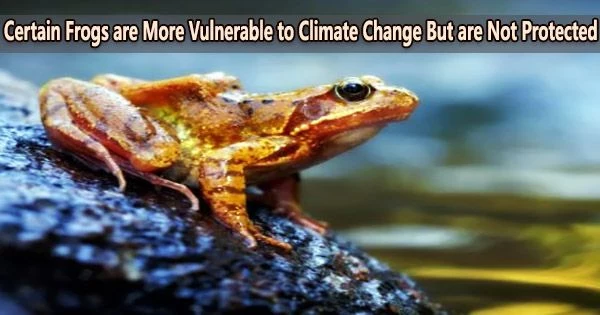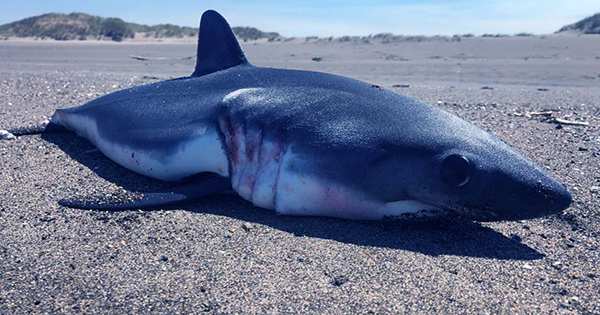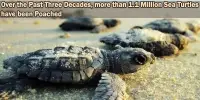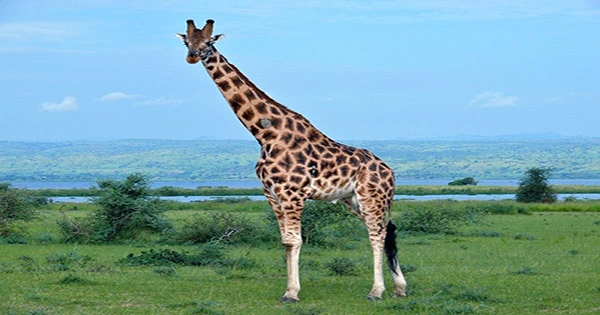Traci DuBose, a postdoctoral researcher in biological sciences at Virginia Tech, wants to make sure that no frogs or toads escape the notice of environmentalists.
Among 90 species of anurans, also known as frogs and toads, DuBose has been evaluating the intrinsic sensitivity of species to climate change for the past two years. This sensitivity is a significant indicator of extinction susceptibility.
DuBose and her team reviewed and compared more than 140,000 observations of anurans that are endemic to the contiguous United States using publicly accessible data, making it the first study of this size and scope.
“The United States is home to over 100 species of frogs and toads,” said DuBose, a researcher in the Mims Lab at Virginia Tech led by Meryl Mims, associate professor in the Department of Biological Sciences in the College of Science. “Frog and toad species are great study animals because they live in so many different areas like deserts, marshes, and forests and are very charismatic.”
But how does one measure rarity? The advantages of the 140,000 observations come into play in this situation. Three crucial facts can be deduced from these instances, including the sort of animal seen as well as its time and location.
Mims said she is optimistic about the scope of DuBose’s study and looks forward to building upon its momentum through the continued support from the U.S. Geological Survey.
Equally, DuBose is excited to bring conservation partners into the fold, by using apps to document and share point occurrences, especially if it’s a frog or a toad.
Frog and toad species are great study animals because they live in so many different areas like deserts, marshes, and forests and are very charismatic.
Traci DuBose
“In this scenario, everyone wins,” said DuBose. “Community scientists who added points to iNaturalist, for instance, can know their data is helping inform species conservation.”
Background
In 2019, the Mims Lab at Virginia Tech was awarded additional funding from the U.S. Geological Survey. In this role, the lab collaborates closely with the organization’s scientists on initiatives, publications, and scientific communication materials in order to comprehend species vulnerability to climate change.
The Global Biodiversity Information Facility (GBIF) data, which is available for free and allows for open access to biodiversity data and contains two billion occurrence records of species sightings, was utilized by the research team. The governments of the world subsidize it as an international network and data infrastructure.
“GBIF was a game changer for us as it allowed us to include and compare many species directly with one another in ways not currently captured by most conservation status designation approaches,” said DuBose.
Climate change and potentially one of the most threatened affect amphibians worldwide. DuBose and her team found that some species of amphibians are more likely to be sensitive to climate change because they are not protected by state or federal regulations.
The researchers found that while not currently being categorized as being at risk at the state, federal, or international levels, about 11% of anuran species are vulnerable to climate change.
For instance, the Brimley’s chorus frog and the cliff chirping frog are geographically rare and live in regions that will probably be at risk from a changing climate, namely deserts and beaches, respectively.
The group also discovered eight additional anuran species that are neglected on a global and/or national scale.
















